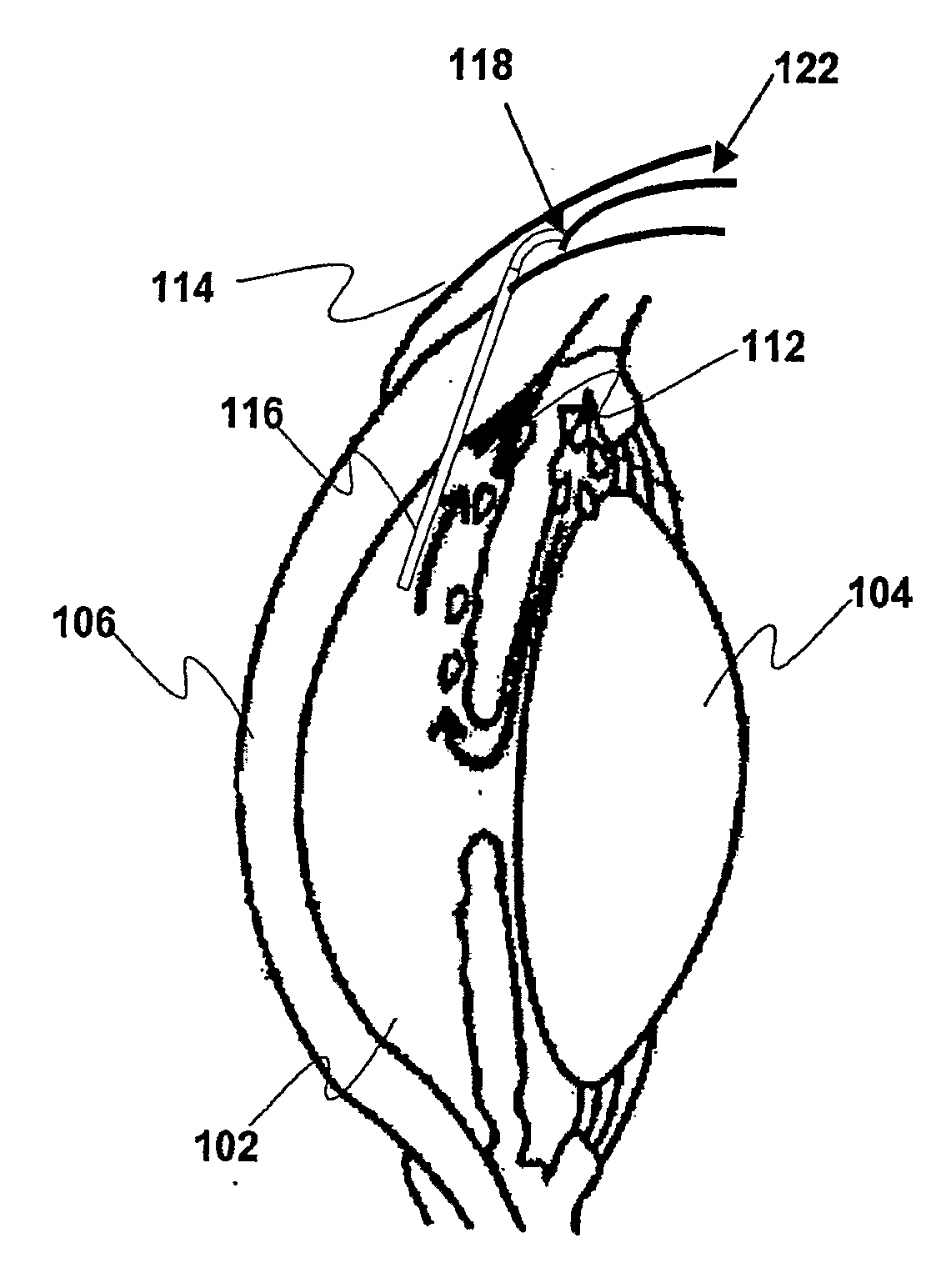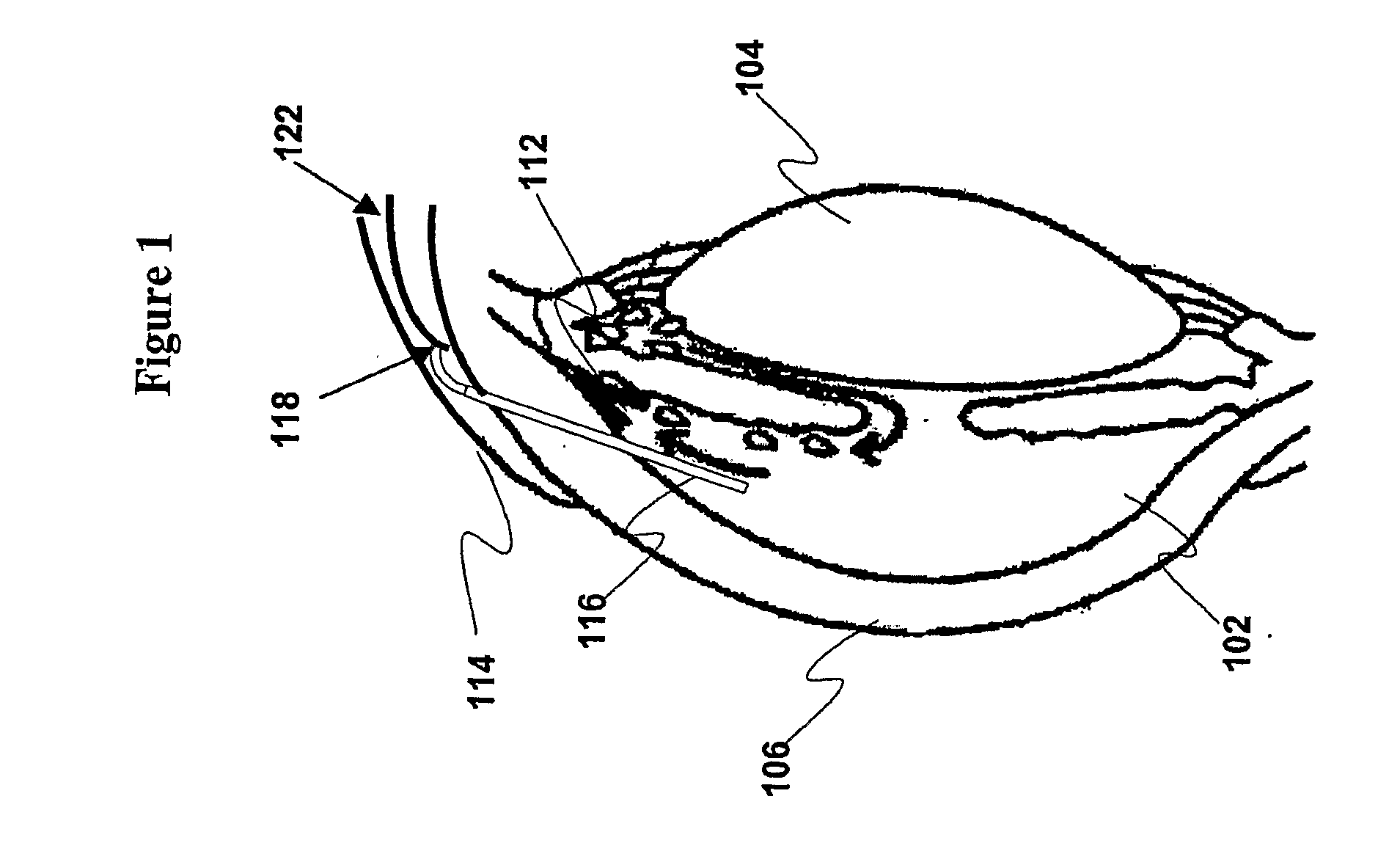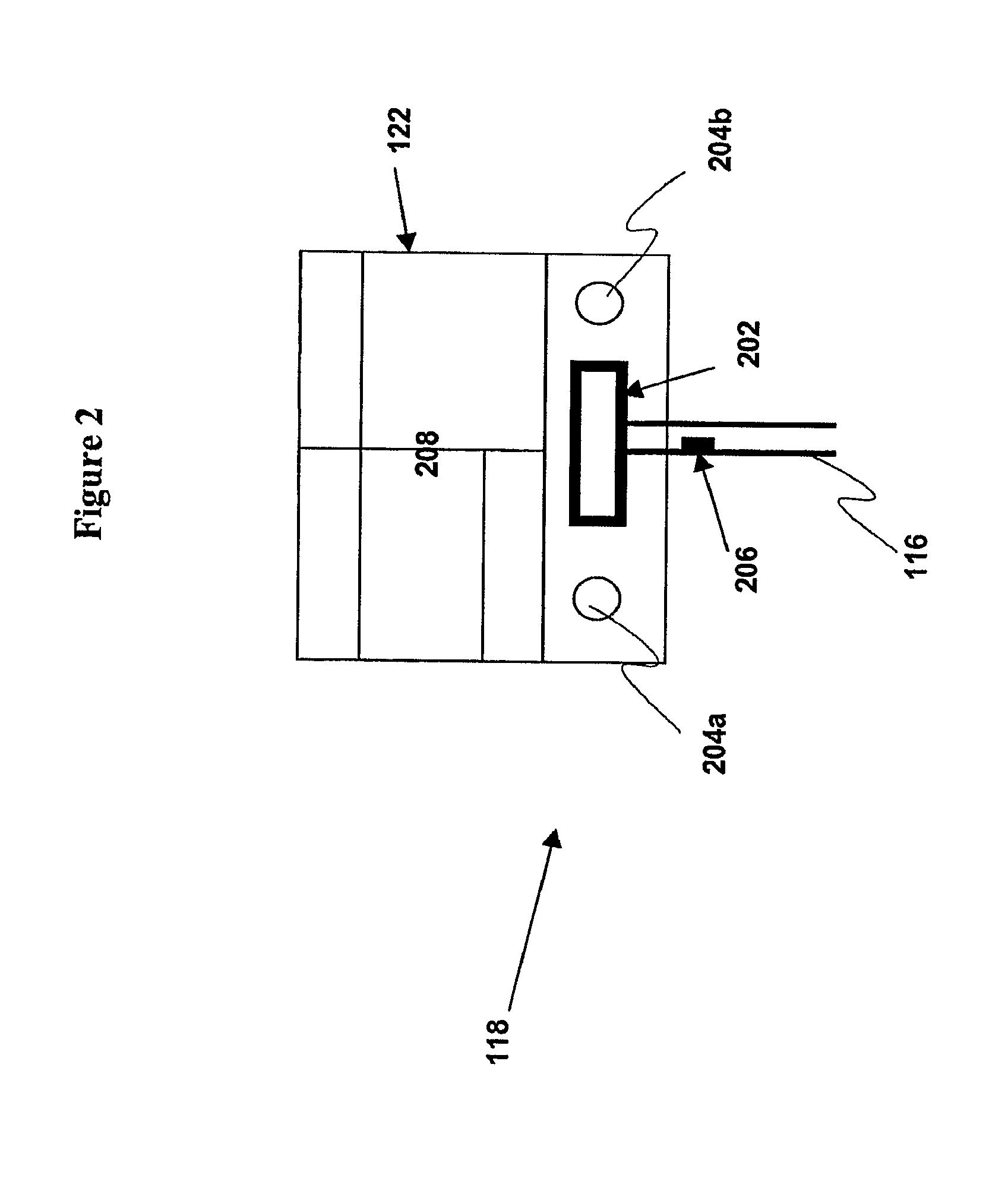Systems and Methods for Monitoring and Controlling Internal Pressure of an Eye or Body Part
a technology of system and pressure sensor, applied in the field of living system systems for monitoring and controlling pressure in body cavities, tissues and organs, can solve the problems of glaucoma not being directly treated, iop being considered a primary risk factor, drug and surgically implanted passive valves have their own limitations, etc., to avoid undesirable pressure loss and prevent device clogging
- Summary
- Abstract
- Description
- Claims
- Application Information
AI Technical Summary
Benefits of technology
Problems solved by technology
Method used
Image
Examples
Embodiment Construction
, including the description of various embodiments of the invention, will be best understood when read in reference to the accompanying figures wherein:
[0021]FIG. 1 is a cross-sectional view depicting a portion of a human eye and a pressure control system according to various embodiments of the present invention;
[0022]FIG. 2 is a diagram depicting a pressure control system according to various embodiments of the present invention;
[0023]FIG. 3 is a cross-sectional view depicting a pressure sensor, according to various embodiments of the present invention;
[0024]FIG. 4 is a top view depicting a pressure sensor, according to various embodiments of the present invention;
[0025]FIG. 5a is a perspective view depicting an electromagnetic valve, according to various embodiments of the present invention;
[0026]FIG. 5b is a top view depicting an electromagnetic valve, according to various embodiments of the present invention;
[0027]FIG. 6 is a block diagram illustrating the layout of an electroni...
PUM
 Login to View More
Login to View More Abstract
Description
Claims
Application Information
 Login to View More
Login to View More - R&D
- Intellectual Property
- Life Sciences
- Materials
- Tech Scout
- Unparalleled Data Quality
- Higher Quality Content
- 60% Fewer Hallucinations
Browse by: Latest US Patents, China's latest patents, Technical Efficacy Thesaurus, Application Domain, Technology Topic, Popular Technical Reports.
© 2025 PatSnap. All rights reserved.Legal|Privacy policy|Modern Slavery Act Transparency Statement|Sitemap|About US| Contact US: help@patsnap.com



